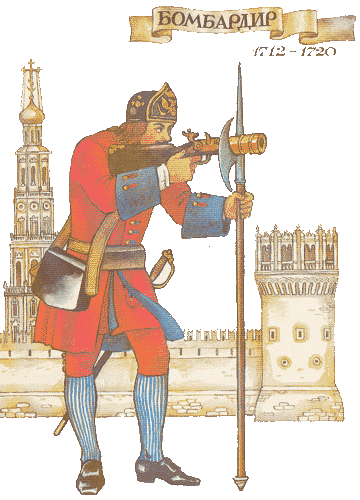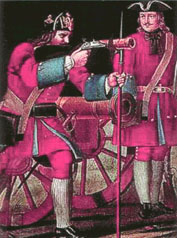I recently came across this example of a hand mortar, produced in France and dated to ca. 1780: https://armurerieduforestier.eu/htt...-hand-mortar-signed-moynat-a-lyon-circa-1780/
From my limited knowledge, the 1780s was a bit on the late side for the usage of these particular weapons, so it was interesting to see. I'm now curious, is anyone aware of hand mortars produced later than 1780? For example, were any still in production (or use) during the Napoleonic era? I should point out that by "hand mortars" I'm referring to muzzle-loading, hand-held grenade launchers, such as the example above.
From my limited knowledge, the 1780s was a bit on the late side for the usage of these particular weapons, so it was interesting to see. I'm now curious, is anyone aware of hand mortars produced later than 1780? For example, were any still in production (or use) during the Napoleonic era? I should point out that by "hand mortars" I'm referring to muzzle-loading, hand-held grenade launchers, such as the example above.
Last edited:








